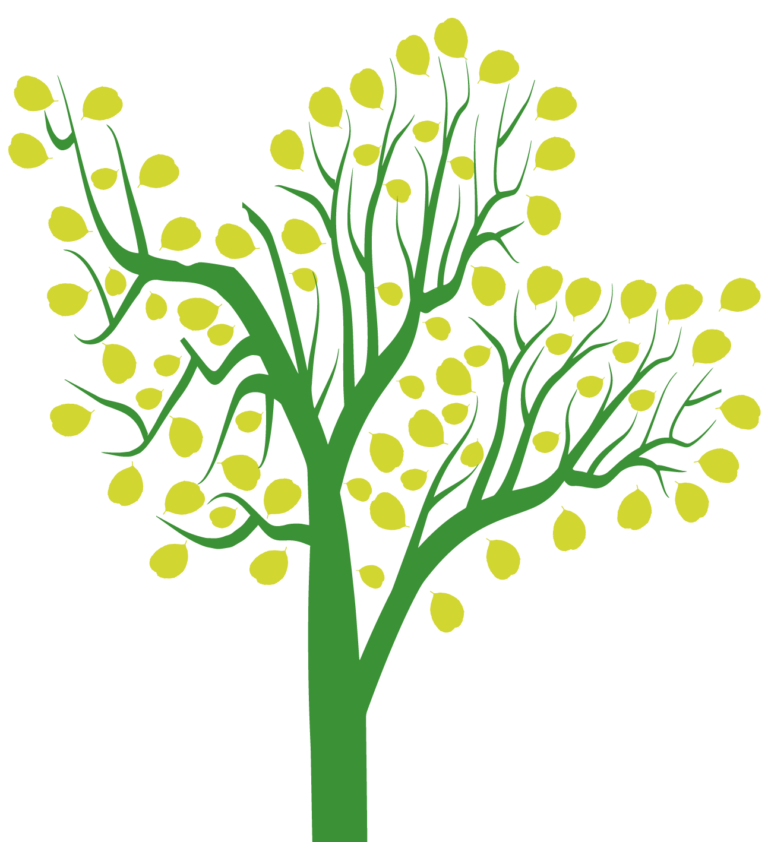Ameneiro (Galician) | Amieiro-vulgar (Portuguese) | Aliso (Spanish) | Aulne glutineux (French)
The alder is a slim tree reaching a height of 25 m, with a grey and scaly bark, often characterised by a conical crown, not dissimilar to conifers.
The leaves are deciduous, simple, alternate, rounded, oblong and even heart-shaped ranging between 4-14 cm in length, with a somewhat irregular and even sinuous shape. The edge is finely serrated and in general the apex is tapered but not pointed.
The young leaves and the buds are very sticky, having distinctive resinous glands. The tree frequently stays green right into the start of winter.
Flowering begins before the leaves appear, the male flowers positioned on long hanging stalks or catkins that house the pollen. This is not the only thing they have in common with conifers, the female flowers, once mature, create seed structures like small pine cones containing the seeds. When the small winged seeds are liberated, the cones remain on the tree, often for the duration of winter.
The roots actually extend across the surface, losing the principal root quite early on to develop several secondary oblique roots and other vertical tertiary with a strong anchoring, deeper, helping it to resist heavy rains and flooding. Furthermore, the roots have nodules where atmospheric nitration fixation fungi live in symbiosis, the plant therefore fertilizing the ground it occupies.
This species lives along water courses, forming gallery forests called alder groves cohabiting with willows, poplars, elms and ash trees.
Well able to withstand pruning, they suffer greatly if the water courses dry out, above all if their roots are exposed to the open air, even if the water table is high. They tend to grow better at mid-mountain level, occupying groves, valley floors with a constant water flow, fairly deep and well developed soils.
The alder doesn´t climb to much altitudes, reaching a height of approximately 1700 m. While indifferent to its substrate, it grows better in soils free of lime.
The alder is a plant whose leaves are used for dying green, its bark for dying red and its branches for dying brown or grey-brown, it is also very interesting as an ornamental plant, one that restores slopes and riverbeds, as well as improving the soil through nitration fixation taking place through its roots.
The wood is quite light in colour, but on cutting through it, returns to its reddish- orange colour, giving it the reputation of being bewitched in many European countries. The wood is extremely resistant in water, the reason why our ancestors used it to build stilt houses, the foundations of Venetian buildings, for example, are made from this wood.
Alnus is the Roman name for alder trees, from its Indo-Germanic roots meaning ´glistening´ , due to the vibrant red and orange colours the wood acquires when struck. The specific epithet glutinosameans ´sticky´ due to the viscous nature of its buds.







